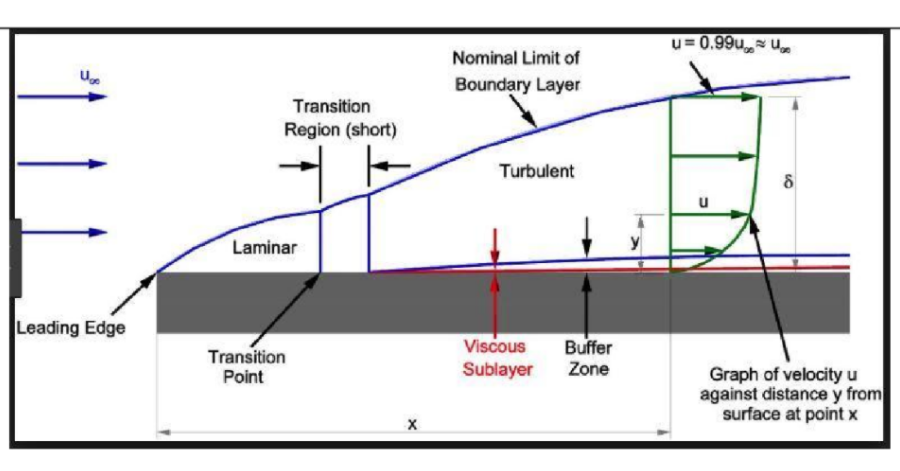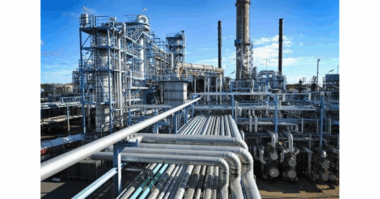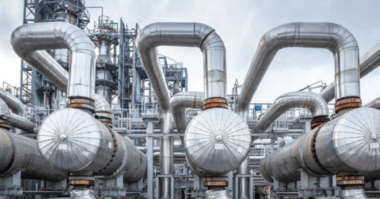Theory bites is a collection of basic hydraulic theory and will touch upon pump design and other areas of pump industry knowledge.
A boundary layer is a thin layer of viscous fluid close to the solid surface of a wall in contact with a moving stream in which (within its thickness δ) the flow velocity varies from zero at the wall (where the flow “sticks” to the wall because of its viscosity) up to Ue at the boundary, which approximately (within 1% error) corresponds to the free stream velocity.
The fundamental concept of the boundary layer was suggested by L. Prandtl (1904), it defines the boundary layer as a layer of fluid developing inflows with very high Reynolds Numbers Re, that is with relatively low viscosity as compared with inertia forces.
Computation of the boundary layer parameters is based on the solution of equations obtained from the Navier–Stokes equations for viscous fluid motion, which are first considerably simplified taking into account the thinness of the boundary layer.
The solution suggested by L. Prandtl is essentially the first term of power series expansion of the Navier–Stokes equation, the series expansion being performed for powers of dimensionless parameter (δ/L).
Read more Theory Bites!




